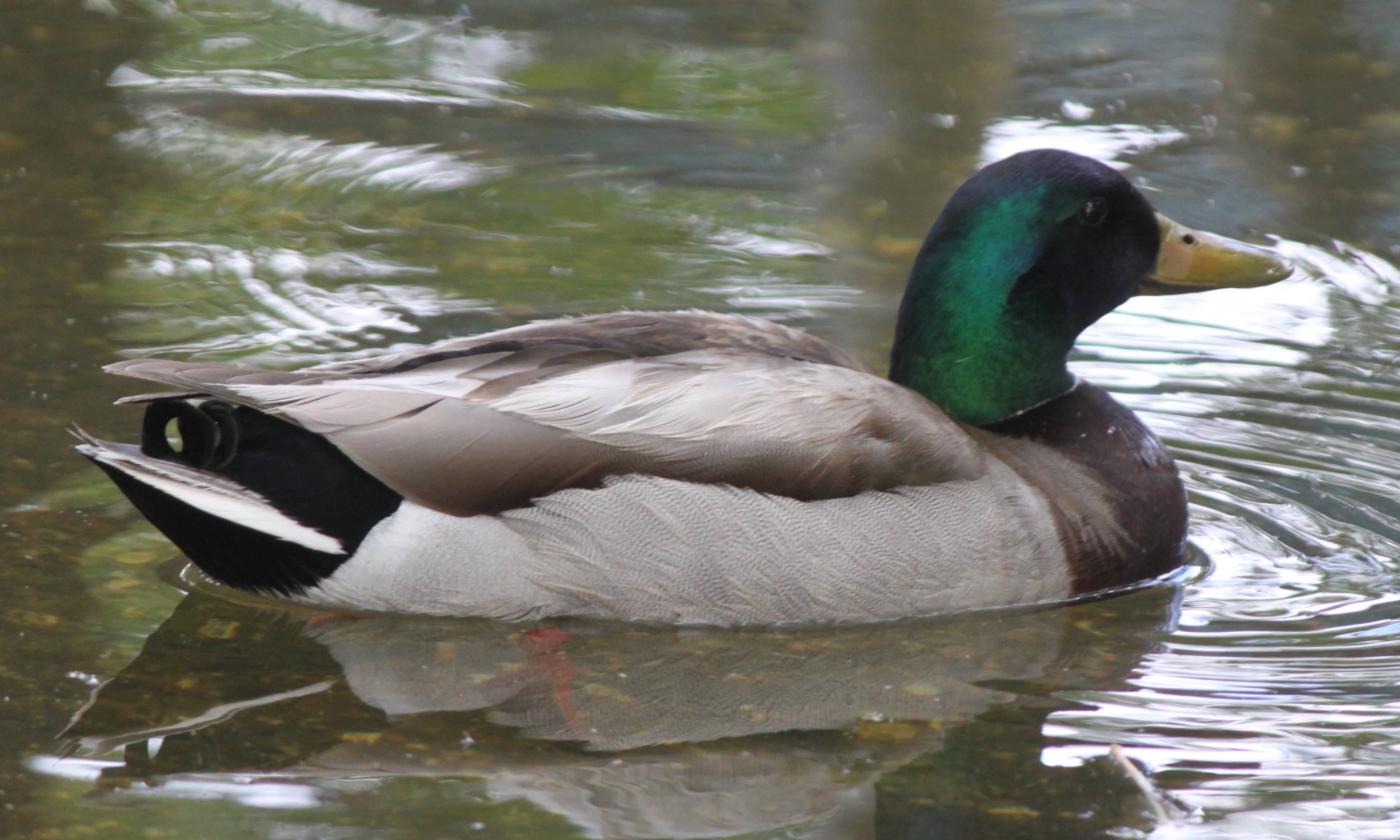
Lone Guy. Single mallards this time of year mean hens are likely on their nests. That’s a good sign in a season with much improved water levels for rearing of those ducklings. Simonson Photo.
By Nick Simonson
Recharged prairie potholes across North Dakota welcomed returning waterfowl to the state, following a challenging 2021, which saw the single largest percentage drop in prairie wetlands within the state’s borders in the 74-year history of the annual survey conducted by the North Dakota Game & Fish Department.
After significant snow events in April and a rainy start to May, much of the drought conditions which plagued the state have dissipated, leaving only a sliver of the western edge in a severe drought. This, according to Robert Ford, Ducks Unlimited Conservation Programs Biologist, sets the stage for a strong rebound for the state’s waterfowl species in 2022, and likely better hunting in the fall.
“Wetland conditions continue to improve; statewide we’ve had above normal moisture this April, from two inches more in Bismarck to four and a half inches more in Minot,” Ford details, “I’m seeing a lot of good representation of our most common duck species, plenty of upland nesting ducks, such as mallards, blue-winged teal, shovelers and gadwall as well as over-water nesters like redheads and canvasbacks. Lately I’ve seen some lone drakes and a few drakes together on wetlands, which indicates that hens are nesting,” he concludes.
In addition to recharging the waters that sustain waterfowl, the damp spring will likely help the regrowth of upland habitat surrounding those pothole sloughs. Mallards and other upland nesting duck species require significant grassy cover in their nest areas adjacent to those small waters scattered throughout the state. Last year, a lack of grass growth contributed to limited recruitment of ducklings, and was exacerbated by emergency haying of what stands did remain.
As a result of the dry conditions, duckling numbers were estimated to be at their lowest levels since 1994 in North Dakota. While cover early this spring and summer on may be limited for upland nesting waterfowl with limited carry-over grasses, rapid new growth will help provide some protection from predators.
“Coming off a couple of years of drought – certainly extreme drought last year – our grassland conditions suffered. I would anticipate that a lot of grassland is in below average shape coming into the nesting season, so we’ll have to think about that as well,” Ford considers as he balances current factors which would impact nesting, adding, “another key to a successful hatch of a nest isn’t necessarily the species of the surrounding grass where they nest, but actually the barrier of those grasses that they provide to predators, so the better hidden those nests are, the more successful.”
Additionally, those prairie potholes and their surrounding grassy banks provide ideal rearing areas once ducklings hatch and begin the journey to the water. With better grass, and bigger, fuller sloughs, that journey is shorter, and as a direct result, much less dangerous for ducklings to make, due to reduced distance and the resulting exposure to predators.
With rich invertebrate populations and other food, these shallow potholes are often thought of by many as America’s Duck Factory, with the stretch of glacial prairie from Iowa, Minnesota and South Dakota, up through much of North Dakota and southern Canada producing a large percentage of the continent’s duck populations. With more places to forage, adult ducks get stronger and younger ducks will be more prepared to join the fall flight and will help the overall populations increase from last year’s downtick.
“The quality of brood habitat is important to how ducklings survive to fledge. Landscapes with numerous shallow wetlands provide ducklings with high-protein aquatic invertebrates and other nutrients they need to grow quickly and those wetlands contain cover to conceal them from those predators and inclement weather as well,” Ford explains.
In the end, more moisture equates to more wetlands available for nesting waterfowl, which usually translates to more nests and more nesting attempts – mallards may try up to five times in a spring and summer until a clutch of eggs hatches – and that often means better recruitment.
Hunter success will obviously benefit from that chain of cause-and-effect, and the excess water on the landscape at this time, particularly in the eastern two thirds of the state, is a good start to a population rebound and better hunting in seasons to come.
